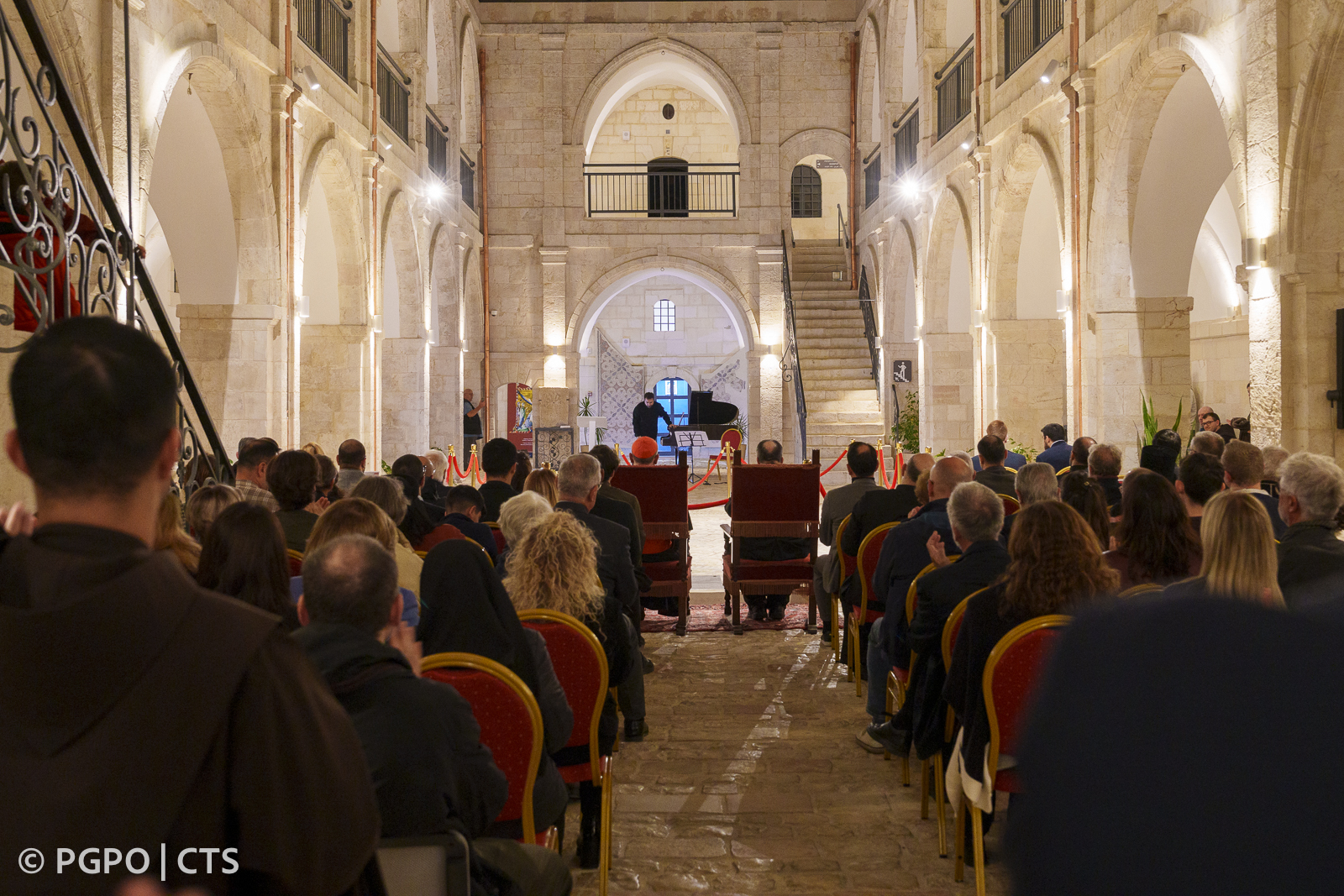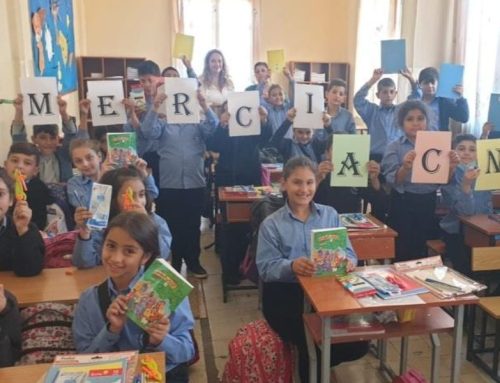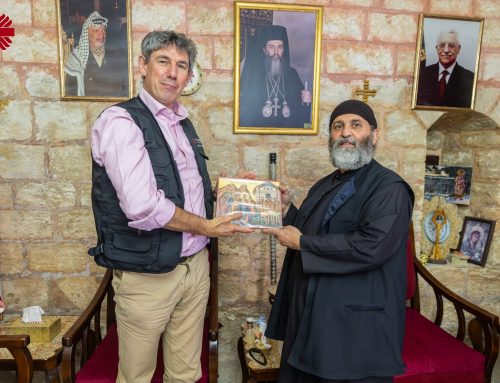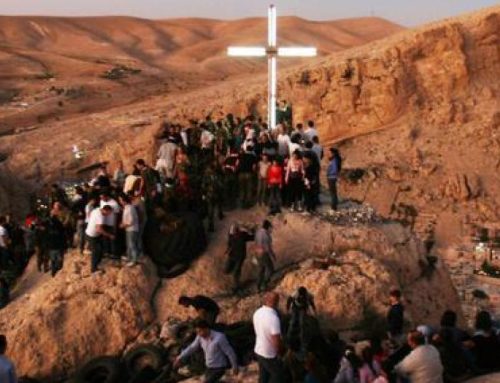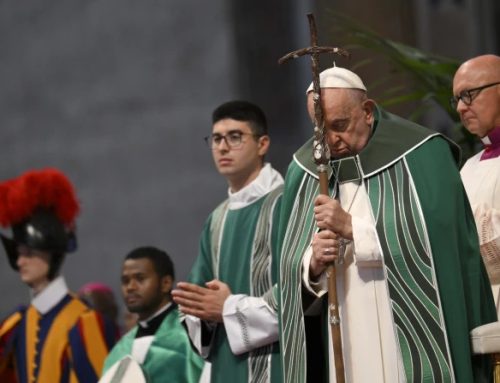“Is it appropriate to speak today of beauty and art, at a time marked by so much suffering? I think that it is necessary more than appropriate. I am convinced that beauty is a source of hope and strength.”
With these words, María Ruiz Rodríguez speaks of the decision to put her works on show to the public in an evening dedicated to sacred art and music.
The exhibition entitled “Light of Grace” was inaugurated on 22 November, at the Edward & Helen Mardigian Museum, in the Armenian Patriarchate of Jerusalem. This collection of original paintings was created on the occasion of the new edition of the missal in Arabic, for the churches of the Roman rite of the Latin Patriarchate of Jerusalem. The collection of drawings illustrates the different mysteries which accompany the celebrations throughout the liturgical year. His Beatitude Cardinal Pierbattista Pizzaballa was present at the inauguration and the exhibition was introduced by a concert of classical music and opera.
Painting, a constant dialogue with God
The Spanish-born artist Maria Ruiz discovered a passion for Byzantine art in a monastic context. She followed a course of studies in various countries including Spain, France and Italy, following in the footsteps of the great Russian masters of the icon.
“At the beginning,” Maria said, “painting was a spiritual journey and a journey to meet God. I found in iconography a means to keep my heart linked to Jesus, in a constant relation and dialogue. Then I gradually realized that there was a call to live this as a service, and so I received more specialized technical and theological training.”

The bond with the Armenian heritage
The Missal in Arabic is the result of two years of work and dedication. It contains twenty-two illustrations, each of which took about one month of work.
The Byzantine training inevitably shines through Maria’s work, but she herself talks about how the discovery of the Armenian tradition strongly influenced the creation of her works. This is how the initiative of an exhibition at the Armenian museum of Jerusalem came into being. Thanks to her meeting with Father Arshak Ghazarian, archivist and curator of the museum, this project could come to life.
“In Maria’s work,” said Father Arshak, “I saw the influence of the Armenian tradition, in the miniatures and in the illustrations. We had the idea of holding an exhibition in our museum to show that the art of manuscripts has not remained in the past. It is something unique that in the 21st century, now, in Jerusalem, this art is still present.”

Art as a sign of hope
At a time marked by conflict and suffering, what room can there be for art and beauty? This exhibition invites us to reflect on this question, proposing artistic creation as a sign of hope.
“The title of this exhibition,” Father Arshak emphasized, “reminds us that the grace of God is infinite and in these difficult times what we can do is look for it, knowing that it will continue to shine. It is important to continue to show that we, the Christians in the Holy Land, exist. Creation means existing. This is why we want to create art and keep this great and rich tradition of the manuscript alive.”
Maria concluded, “It is necessary today to show beauty because this allows us to open up to a greater dimension that gives meaning to life even in the middle of such suffering.”
By Lucia Borgato | custodia

